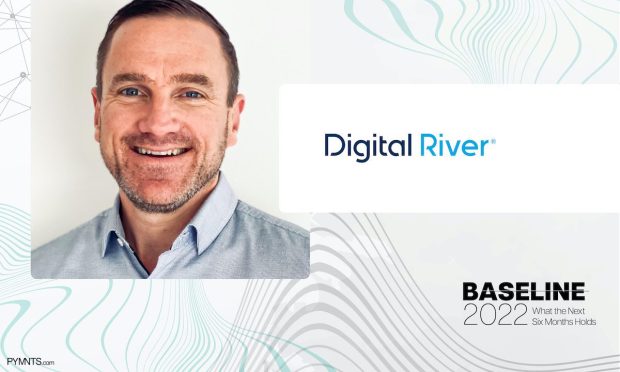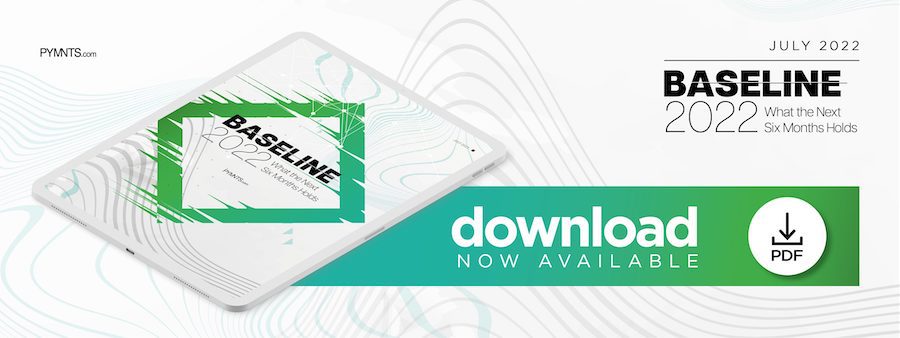Innovation Bodes Well for the Future of Digital Commerce

Jason Hoffman, senior VP customer success and partner enablement at Digital River, writes in the PYMNTS eBook “Baseline 2022: What the Next Six Months Holds” that eCommerce brands looking to thrive should be positioning themselves for long-term growth — and not just focused on weathering the current stormy economy.
It’s no surprise that after more than two years of a wild ride in the world of online commerce, consumer preferences and buying habits are changing yet again as shoppers try to regain some equilibrium. The first 18 months of the pandemic saw shopper demand pull forward in many categories which are now experiencing a lull as shopper needs change yet again. For instance, if you were buying athleisure wear in 2020, you might now be pivoting to office attire. This compounded with economic and geopolitical concerns as well as the return of in-person shopping, has created uncertainty for some brands that experienced explosive growth selling direct over the past two years.
Why I’m optimistic about the next six months:
- The investments providers across the commerce stack have made over the past two years are continuing to deliver the valuable and optimized experience customers are seeking. New, flexible APIs are giving brands the ability to adapt their commerce stack more rapidly. They are better able to match evolving customer preferences, as well as onboard new technology without major disruption.
- Cross-border purchases will become more a positive experience for shoppers as brands gain expertise and/or partners who can help them navigate the complexity of taxes and compliance. Brands, beyond just fashion and apparel, that want to sell into every corner of the world will have an increasing ability to localize and customize their shopper experiences, region by region.
- Buy now, pay later (BNPL) payment options that drove excitement over the past six months will continue to be an important tool for shoppers who are looking for ways to stretch their budgets and build credit in the midst of economic headwinds. While more regulation and consolidation in the space is likely, BNPL will continue to offer value to the end-consumer, underpinning the current demand, while ideally not financially stretching them.
- Commerce experiences will have adapted to compliance and regulatory changes enacted throughout the world (i.e., sanctioned regions/individuals, PSD2, EU New Deal, CCPA). They will also be better prepared for all of the changes guaranteed yet to come.
- The opportunity for B2B, leveraging the advancements in the B2C purchase experience, augmented with best-in-class B2B payment options, is finally here, presenting new growth opportunities for brands with a B2B offering. Customers are expecting a more seamless experience and relevant payment options when purchasing B2B, and brands can now deliver, reducing the time to market and overall profitability.
- Customized experiences take eCommerce and the products sold online to the next level, allowing for customers to buy and even design products specific to their needs. Customization, whether it’s a gaming device or a pair of jeans, will drive brand loyalty and add value. Who wouldn’t want something that they designed themselves and is truly unique if it can be done easily and at a competitive price?
The strategy of anyone selling direct online should not necessarily be how to navigate the next six months. The next six months are about continuing the investments and evolving the strategy required for 2023 and beyond. It might be tempting to focus solely on the current economic climate, but brands looking to survive long-term need to be positioned in order to allow growth into the next decade and beyond.
